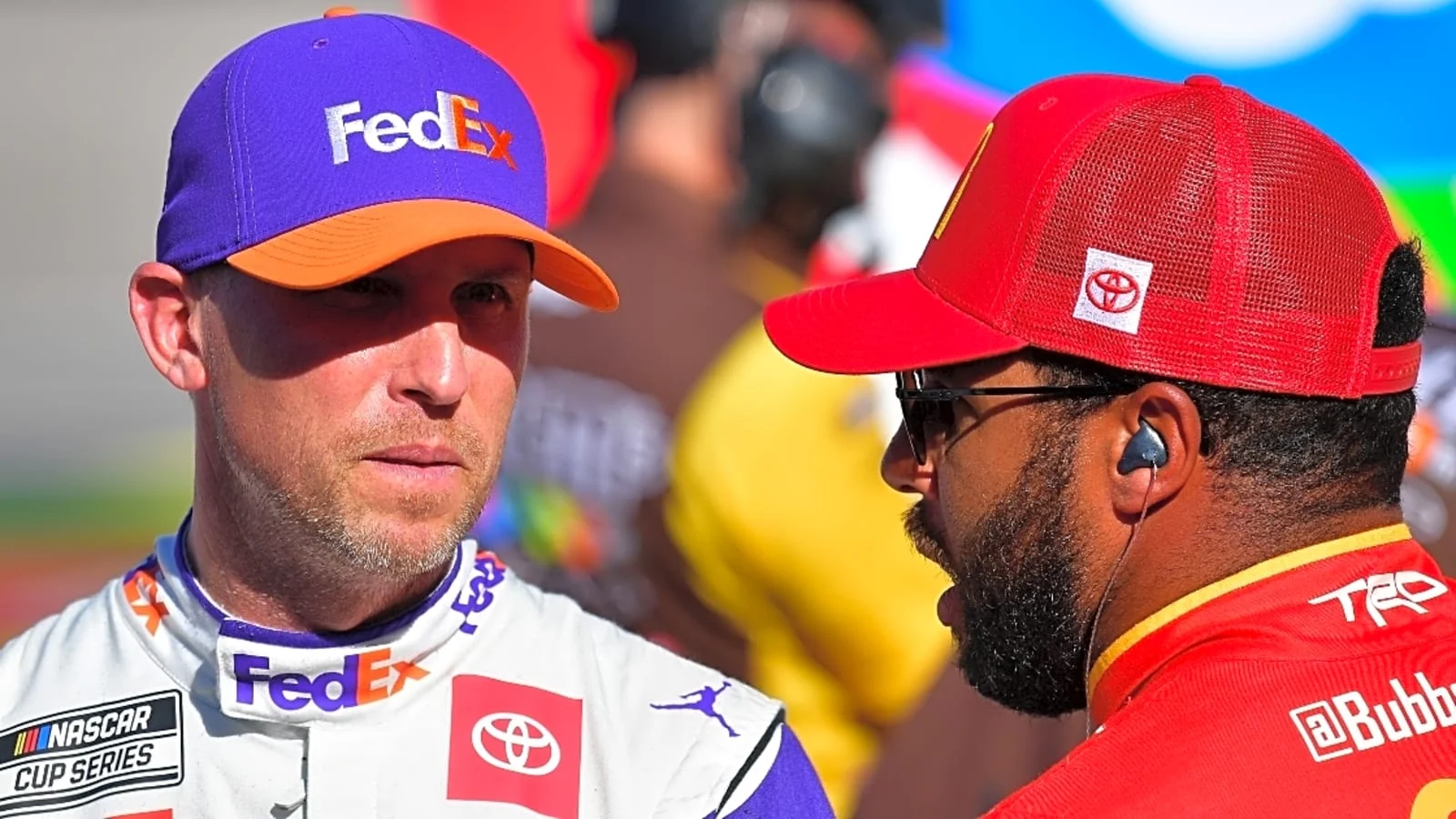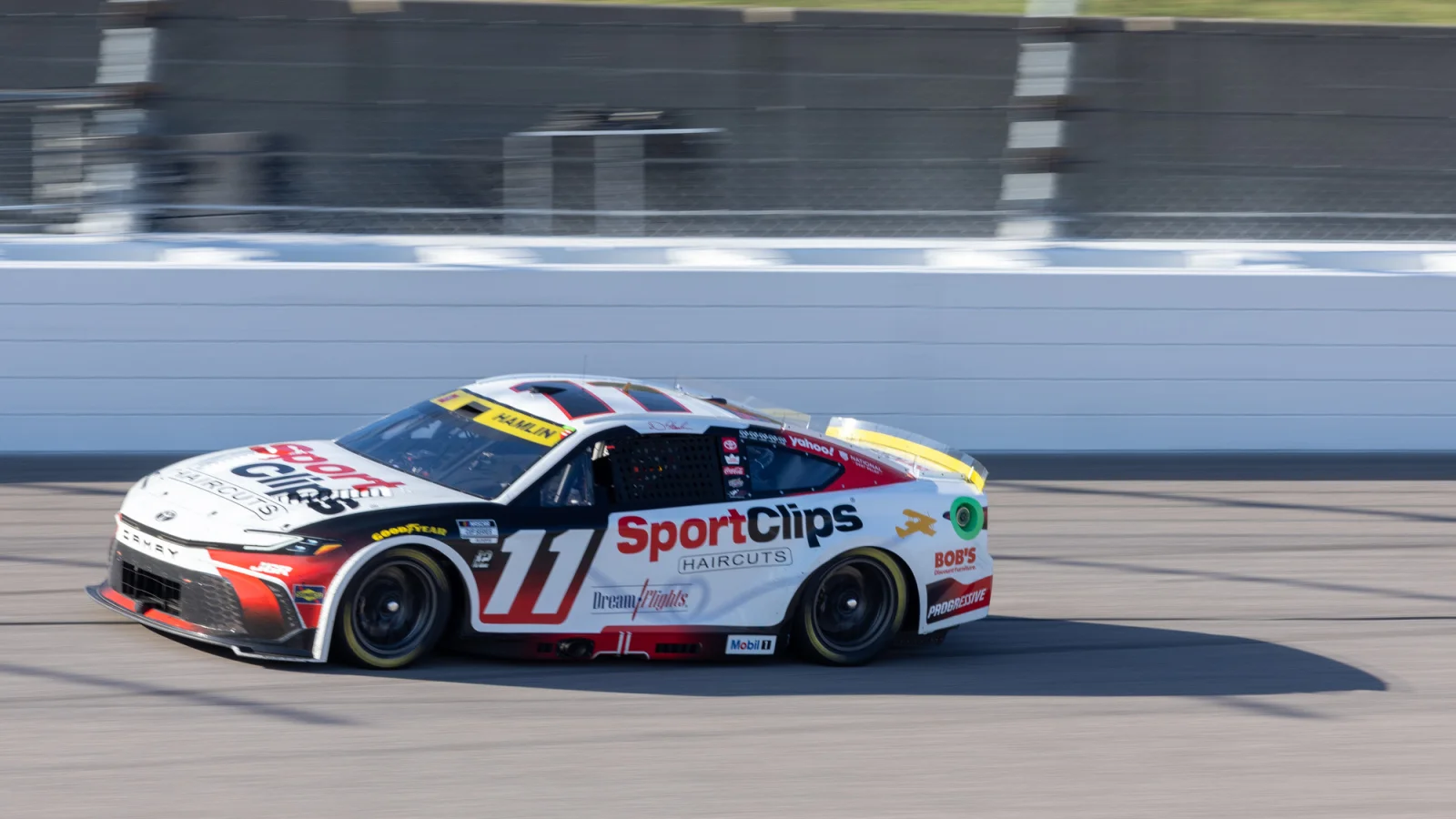NASCAR has responded to outspoken Denny Hamlin media rights criticism following the launch of its highly lucrative $7.7 billion, seven-year media deal, which commenced in 2025. This agreement, designed to broaden NASCAR’s exposure through multiple broadcast and streaming outlets, has sparked debate as fan access to live races becomes more fragmented, leading to declines in online viewership and conflicting opinions among key industry figures and fans alike.
Details of NASCAR’s New Media Agreement and Immediate Reactions
Announced as a sweeping partnership reaching from 2025 to 2031, NASCAR’s latest media rights package garnered attention for both its financial scale and its layered approach to content distribution. While the deal marks a dramatic increase in revenue compared to previous years, Denny Hamlin, a notable veteran from Joe Gibbs Racing, quickly voiced concerns over its impact on fans. According to Hamlin, the pursuit of larger financial gains has resulted in broadcasts becoming less accessible, which he claims contributed to a noticeable drop in viewers at the start of the 2025 season.
Hamlin’s stance reflects a prevailing sentiment among some long-time NASCAR supporters who feel alienated by the changes in broadcast accessibility. Despite these critiques, NASCAR’s Chief Media and Revenue Officer, Brian Herbst, addressed the controversy and defended the organization’s rationale behind the new agreement.

Changing Media Consumption Drives Strategic Shifts
The evolution of media consumption formed the core of NASCAR’s strategy for the new deal. Brian Herbst pointed out that a decade ago, cable television reached over 100 million homes, dominating the content landscape for sports like NASCAR. Today, those patterns have shifted dramatically, influenced by both a cord-cutting trend and the rise of digital streaming.
“We looked at a content landscape and consumption patterns that were changing, If you look at the last time we did our TV deal in 2013, cable was in 100 million homes and that was kind of peak cable. We also wanted to make sure that we diversify our content distribution strategy – making sure we had a presence on broadcast TV with FOX and NBC and CW as well (for the Xfinity Series).” — Brian Herbst, Chief Media and Revenue Officer
Herbst emphasized the need for NASCAR to remain deeply rooted in traditional cable while simultaneously evolving to meet a more fragmented and digital audience. The current network lineup includes FOX Sports, NBC, and CW, covering all major NASCAR series and categories. Herbst acknowledged the tension between enhancing reach and maintaining accessibility but insisted the blended approach was essential for growth.
Bringing NASCAR to Fans Across Platforms
The push to expand beyond legacy cable networks is central to NASCAR’s vision. As the American television market splits between conventional cable subscribers and an ever-increasing streaming audience, Herbst explained that the organization’s foremost aim is to meet fans wherever they are watching. This includes boosting exposure through digital partners like Amazon and HBO Max, joining global giants in a bid to tap new audiences and ensure maximum market penetration.
“Cable was still where most of the dollars were from a financial perspective. And then we wanted to make sure we had some kind of digital streaming element which we were able to do with Amazon and HBO Max as well. We wanted to distribute our content differently beyond just broadcast and cable.” — Brian Herbst, Chief Media and Revenue Officer
This dual-pronged strategy, Herbst argued, supports both traditional fans who tune in via established cable networks and the growing group of viewers preferring digital streams. NASCAR seeks to balance profitable avenues with fresh distribution methods that appeal to younger, tech-savvy audiences around the world. This approach is echoed in similar moves by other sports organizations attempting to stay relevant and accessible in an evolving broadcast environment.
Fan Response and the Continuing Debate
Despite the notable financial and strategic ambitions behind the deal, questions linger about its effects on viewership numbers and long-term fan engagement. The 2025 racing season showcased competitive events and drew impressive crowds at many in-person venues, highlighting the continued pull of live racing. However, the drop in digital viewership since the start of the new media contract remains a concern for stakeholders wary of alienating core supporters.
Denny Hamlin, with over two decades of racing experience, underscores the need for NASCAR to heed the perspectives of those deeply involved in the sport. Viewers like George Russell and other figures in the racing world continue to monitor the evolution of stock racing’s exposure as it unfolds, while organizations such as FOX Sports, NBC, Amazon, and HBO weigh the returns on these new ventures. The dialog is further amplified by key personalities including Brian Herbst, whose decisions now shape how and where future audiences connect with major racing events.
The Broader Impact and What Lies Ahead
As NASCAR adapts to a changing media ecosystem, the full implications of its media rights strategy remain in flux. By partnering with both established broadcasters and emerging digital players, the organization is placing calculated bets on the future of sports-content delivery. Notably, racing venues and offline attendance appear to be resilient, with some events experiencing record crowds, signaling that the love for live racing remains strong despite media upheavals.
The ongoing debate sparked by Denny Hamlin media rights criticism ensures that officials, including Brian Herbst and others in leadership roles, must continue refining NASCAR’s approach. As more global sports properties adjust to shifting consumption habits, NASCAR’s experience will inform how both legacy and emerging platforms engage viewers—whether in the stands, at home, or online. The organization’s response will determine whether it maintains its position as a leading force in American motorsport, successfully balancing competitive racing action with broad, accessible, and engaging coverage for fans new and old.
